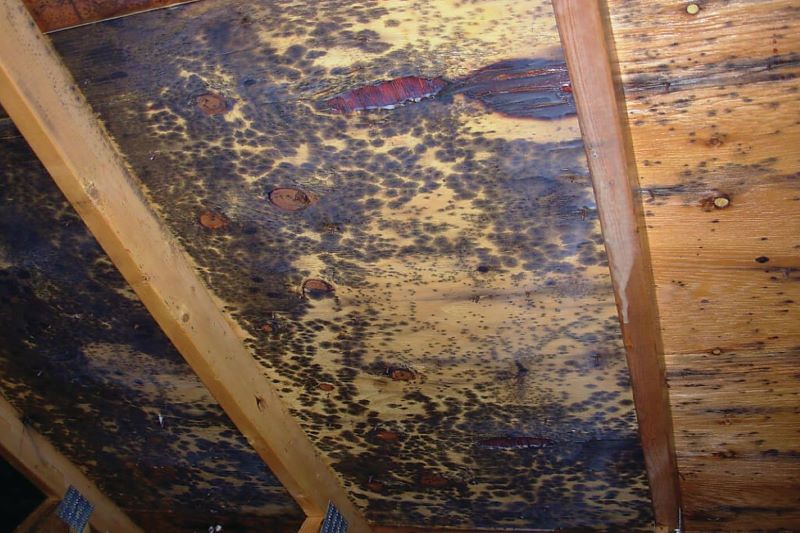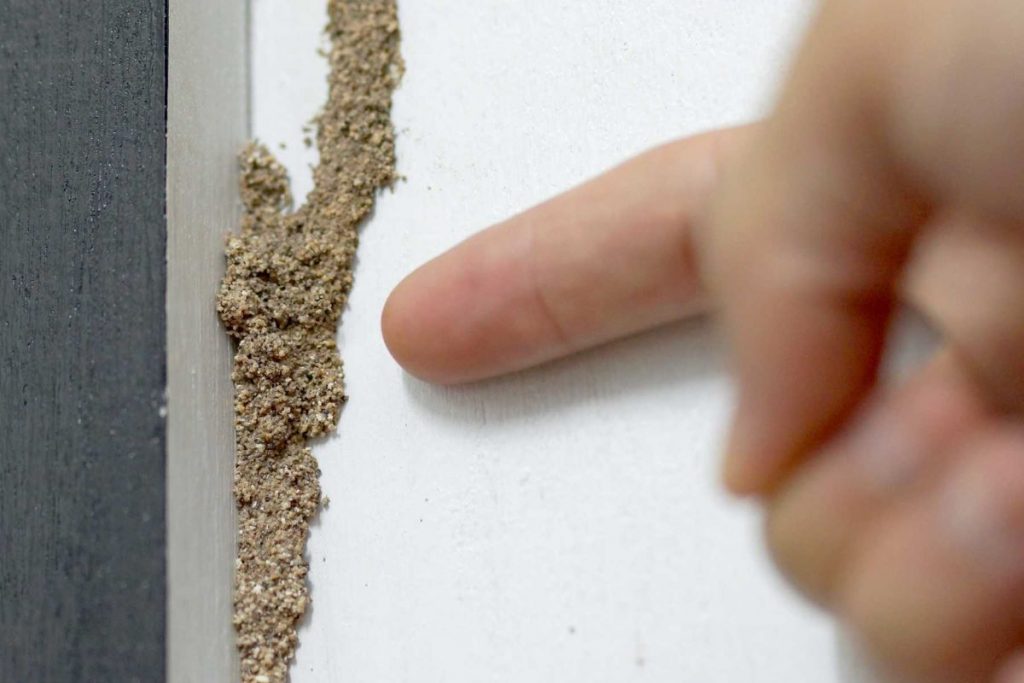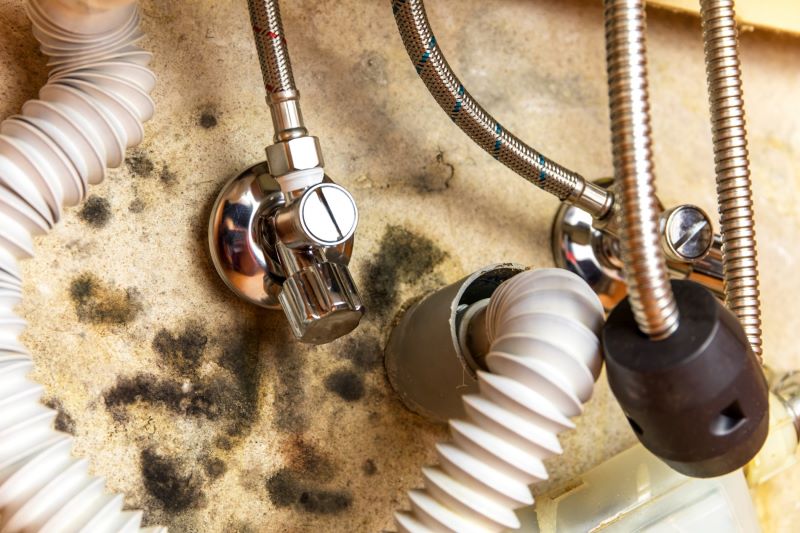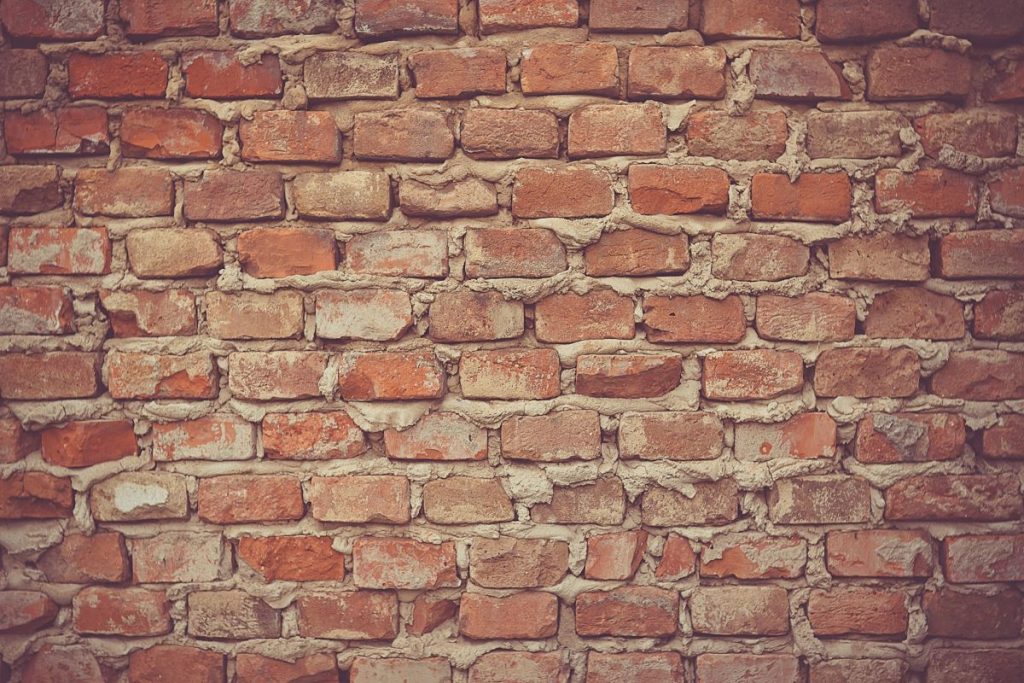Table of Contents
Water damage due to flooding, leakage, or burst pipes causes a lot of trouble and leads to mold growth. This uninvited fungus is not only risky for your health but also ruins your furniture, electronics, appliances, clothing, and almost your entire house. It is necessary to deal with it as quickly as possible cause mold grows fast inside the house and the restoration is quite harder and costlier.
Anyway, mold growth can be avoided by water extraction. So let’s have a look at how long will it take for mold to start growing after water damage?
How fast does mold grow?
Mold needs these things to grow, Moisture (Water), Food (Starch or Sugar), Oxygen, and temperature between 41° to 104°. These conditions are met in the house environment.
Generally, mold can grow within 24 to 48 hours after water damage if the right conditions are met; the spores can be visible into 18 to 21 days. The time depends on the area, surface, material, and type of mold, etc.
Once mold grows it took no time to spread in other areas of the house.
How fast does mold spread?
Once mold starts growing it spreads quickly as it starts reproducing new spores that influence almost all areas within hours. Spores will spread by any open area like open doorways or air ducts.
These microorganisms are not harmful in small quantities but when it starts spreading causes lung-related disease and harmful for asthma patients.
Areas where molds can grow
Growth and spreading of this tiny fungus is dependent on areas like:
Rough areas
It’s hard for mold to grow on rough areas like concrete. So, it takes 2 to 3 weeks to grow and spread in rough areas. Mold growth in such areas is quite risky because remediation procedure is also hard in rough areas. After water damage, dry off the water and ventilate the area to avoid the growth.
Wet and warm areas
Wet and Warm conditions are best for molds to grow and spread. The bathroom and the lower cabinetry is both wet and warm. Such areas provide both the humidity and temperature for mold to thrive. To avoid the growth in such areas, dry and ventilate the area properly.
Soft surface
Soft areas in our home like drywall, fabric, and woods are best for this microbial to grow and spread. Softer surfaces are better than a harder surface for molds to have support.
Open area
Open areas have the least chances to mold colonization. Such areas include the kitchen and living room because they are well ventilated and less warm so the chances are almost minimal. It takes more than one month to grow in open areas and this happens in rare cases.
Attic
Due to proximity to the roof areas like the attic have higher chances of mold growth. This area provides the required temperature and warmth to mold. These areas can be affected by mold within almost 24 hours and even can reach an extreme level if you don’t take any action.
Hidden surface
A hidden surface like kitchen sink, bathroom floor, toilet seat, and drywall has warmth and are hard to reach. As a result, mold can find the required conditions to grow and spread in such places and starts to grow immediately.
Wrapping Up
Mold growth happens after water damage so it is important to take action quickly and dry out the area completely. Not only the extraction of water but proper ventilation and air purification is also important to keep away disease and health issues from such unwanted fungus.








